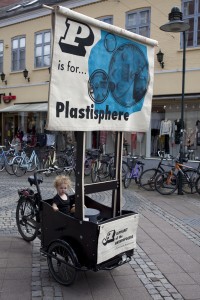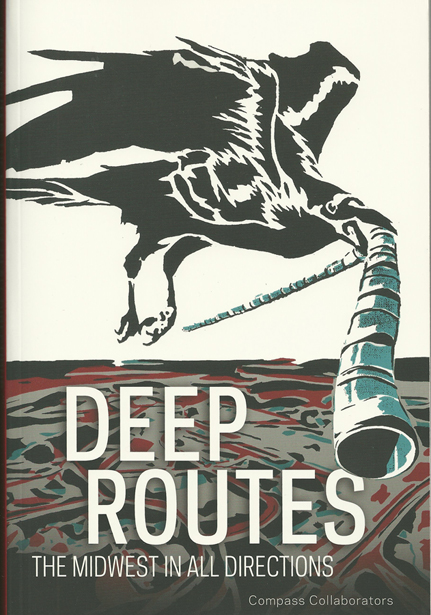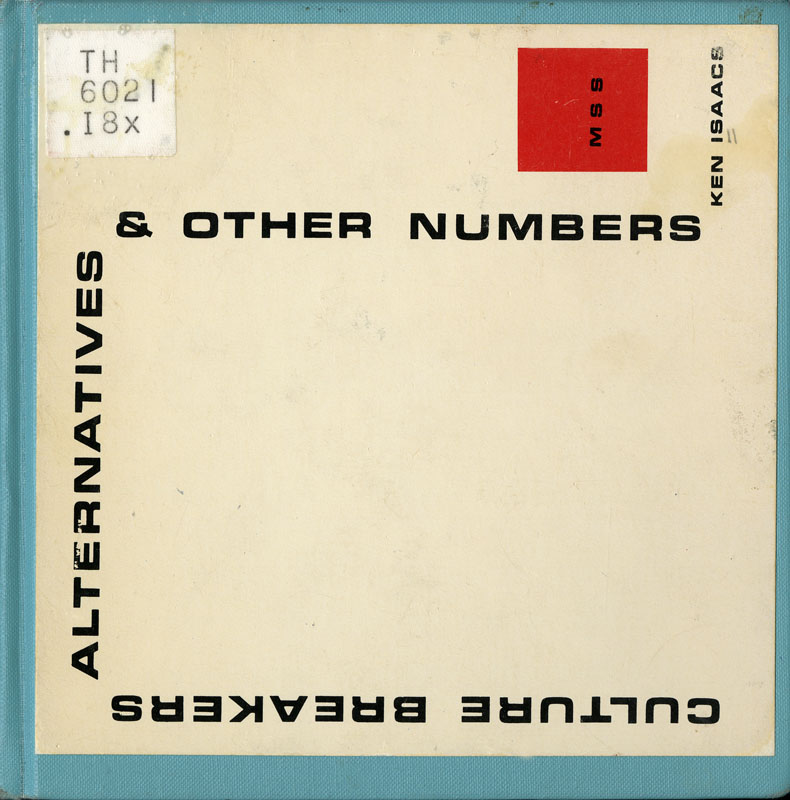Digital foraging
A MQ friend, JP Goguen, library and information scientist by day and wild world enthusiast in his off hours, has a new foraging project. Goguen has been using social media to share information about wild plants–their names, what they look like, and when to forage them. He posts about wild “weeds” like garlic mustard, an European native introduced to North America in the late 1800s. He has also created a free downloadable ‘zine full of info and images about edible plants.

Goguen is not alone in using social media to spread the word about foraging wild plants to supplement your diet. Though he is working in North America, here in Denmark and other Nordic countries there are several projects of note that connect the wild world with the digital. Projects like Copenhagen’s opensourcefood and Helsinki’s Herbologies Foraging Network, are using digital tools to aid in the search for edible plants.
André Amtoft and Arendse Krabbe of opensourcefood describe their project as a mixture of activism and art. They are interested in promoting good nutrition in connection with the landscape for asylum seekers in the asylum centers around Copenhagen, Denmark. Asylum seekers are required to sustain themselves on small amounts of money (the equivalent of about $9 per day). A healthy diet is difficult to maintain on the funds they receive. Amtoft and Krabbe started their project by making maps and geotagging plants in the vicinity of the asylum centers. Their goal was to share plant knowledge, aided by digital means, so that people in the asylum centers could then learn how to supplement their diets. Their field guides with seasonal geotagged plants can be found here.

Andrew Gryf Patterson, an artist living in Helsinki, started the Herbologies/Foraging Network, which looks mainly at wild plants in Finland and Latvia. Patterson worked with Ulla Taipale to write about why people forage and then post it online.
… it has also been initiated from the position of
‘not-knowing’, and being an immigrant to a landscape and environmental
habitat.
The pair connect the trend from the rise in DIY and maker culture, to a more online culture for young people, and to the loss of local knowledge about landscape that happens as more people move to cities in the Nordic countries and Eastern Europe. They also note globalization and migrant populations foraging for several reasons–necessity, an interest in a newly adopted landscape, or because you are being paid as a migrant laborer. I particularly responded to Patterson’s suggestion that foraging can be a way to learn about a newly adopted habitat or ecosystem.
Head over to Patterson’s website and click on the Herbologies/Foraging link to read the full essay.

Foraging, as a way to supplement a diet, as a way to learn about a landscape that is new to you–either because you recently immigrated or because climate change has shifted what is growing–links to many larger social and political issues that affect our globalized society. Using social media to share information on foraged plants can also be about sharing resistance to how these large scale changes are effecting everyday life.
I want to sign off with a recent video interview with Vandana Shiva interviewed by Bill Moyers. It is an excellent interview from an inspiring environmental activist, in which Shiva discusses how Monsanto’s Roundup ready product has killed off beneficial “weeds” that poor mothers would forage, in a time before Roundup, from between commercial crop rows in India to supplement their diet.
Small plants, overlooked as weeds, can have huge impact on our world.
Radio Aktiv Sonic Deep Map (2013)
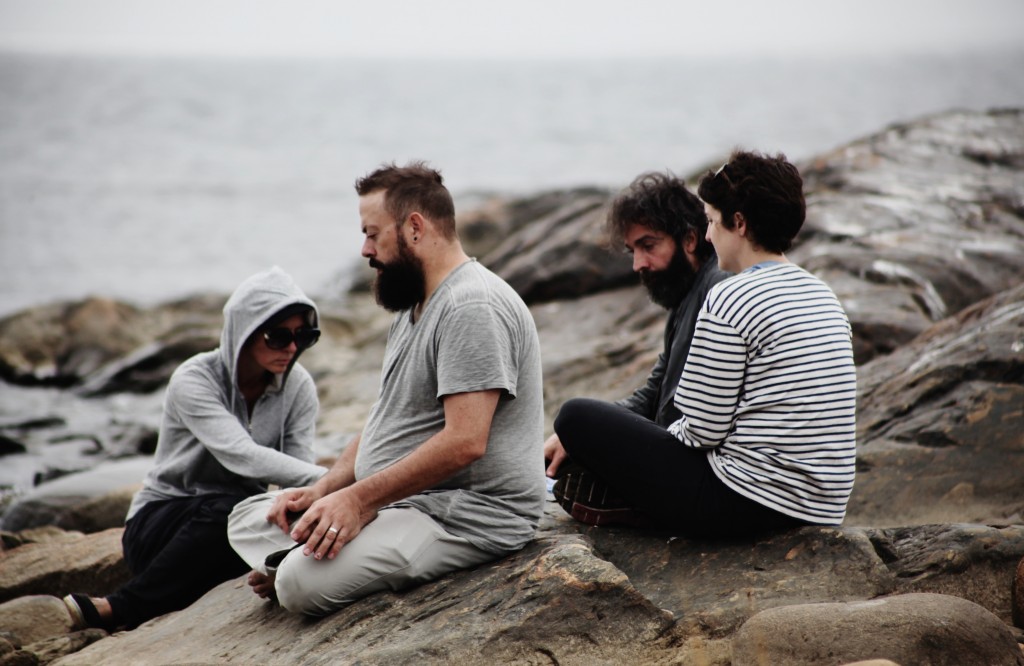
SUPERKILEN – Extreme Neoliberalism Copenhagen Style
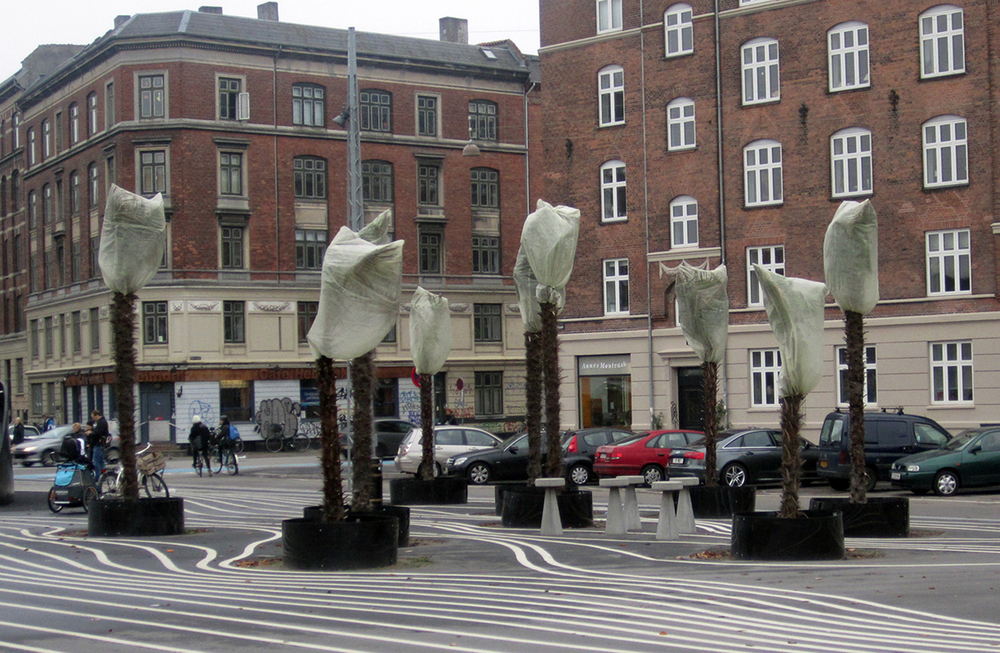
Read Brett's essay about the park.
Download our guide:
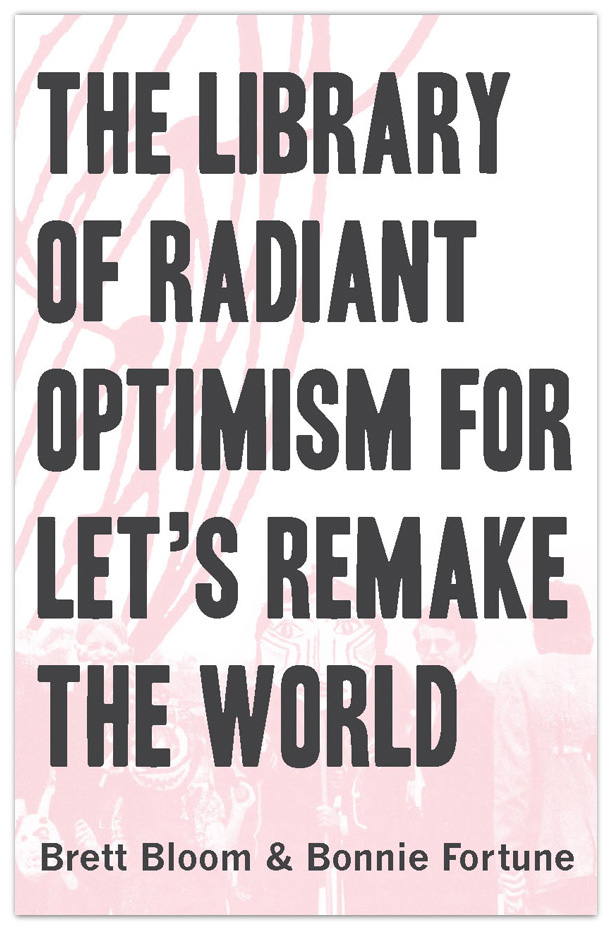
This is our guide to how-to books from the counterculture of the 60s and 70s. Click to get the download page.
Categories
- Agriculture (11)
- Animal sounds (1)
- Artist parents (19)
- Arts and culture (106)
- Bees (3)
- Book reviews (14)
- Books (18)
- Critical essays (5)
- Daily Photo (5)
- Design (36)
- Dirt (11)
- Environmental activism (43)
- Exhibitions (24)
- Farms (11)
- Forest (7)
- Friday connect (15)
- Growing (42)
- Habitat (38)
- Homesteading (16)
- Interviews (15)
- Kitchen (14)
- Living structure (9)
- MISC (15)
- Mythological (2)
- Neighborhood (83)
- Ocean News (1)
- Our Art Work (21)
- Personal – Design/Art (3)
- Play (2)
- Playground (4)
- Projects (21)
- Public space (53)
- Resilience (13)
- Sea Side (2)
- Sojabønner (2)
- Tofu (8)
- Vermont correspondence (7)
- Water (3)
- Wednesday picture (31)
- Workshop (1)
Video interview:

Watch our interview of SeedBroadcast, a mobile project that is part seed library and part seed-saving-story-collecting machine-recording the stories of seed saving, farming, and food sovereignty work being done around the US.
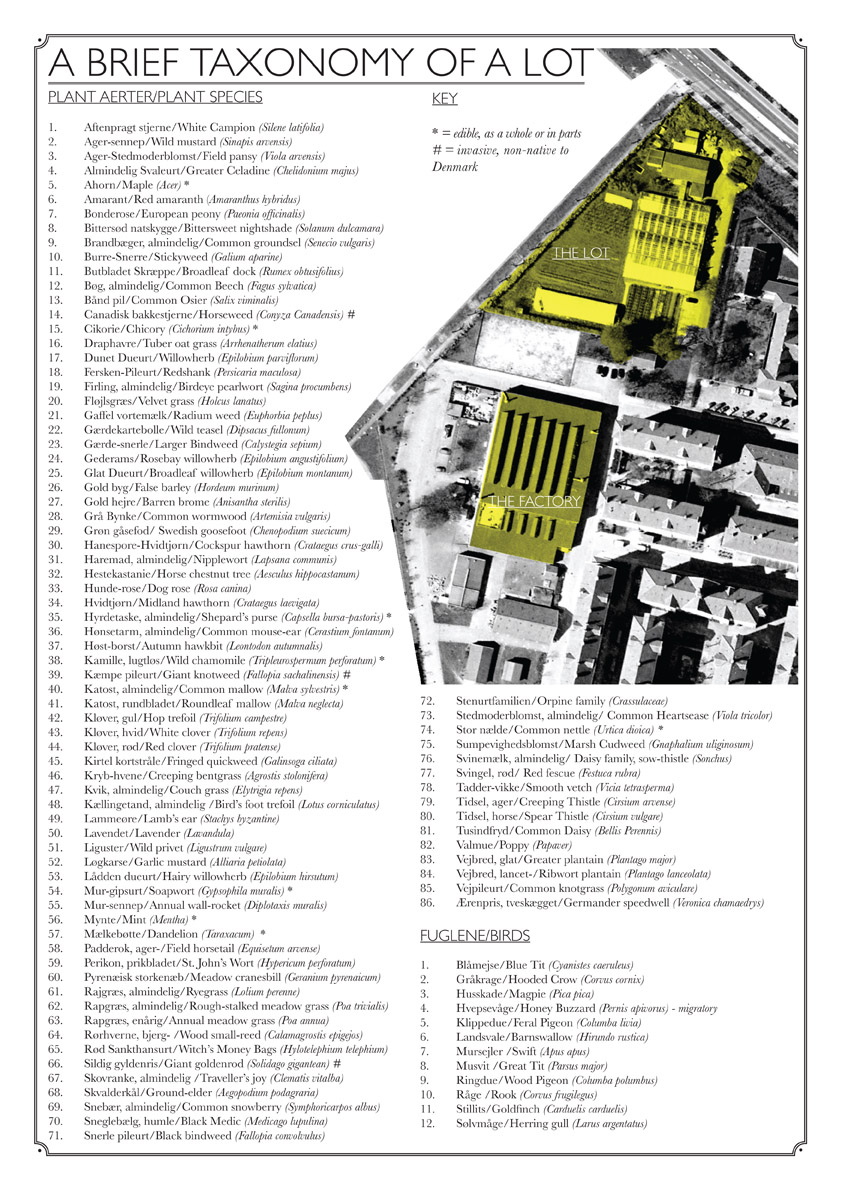
Download a poster Bonnie made about biodiversity in a vacant lot in the Amager borough of Copenhagen, in collaboration with biologist, Inger Kærgaard, ornithologist, Jørn Lennart Larsen and botanist, Camilla Sønderberg Brok: A BRIEF TAXONOMY OF A LOT

We made and installed a network of bat houses in Urbana, Illinois, to support the local and regional bat population, but also to begin a conversation about re-making the built environment.
READ MORE
BOOK REVIEW:
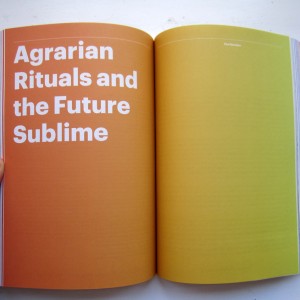
We write often about artists and art groups that work with putting ‘culture’ back in agriculture. Here is a new favorite: myvillages, a group of three women based in Germany, the Netherlands, and the UK. Read more...
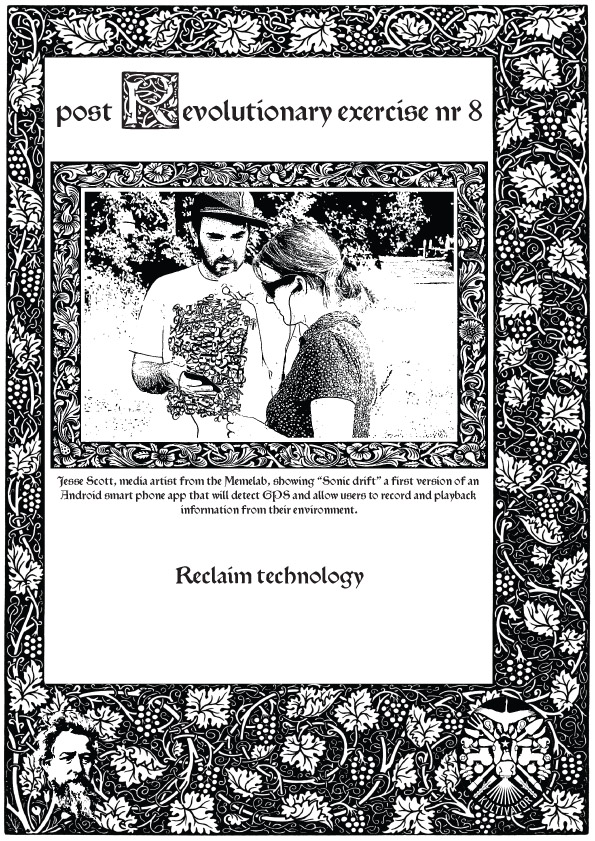
Post Revolutionary Exercises
We really admire the dedicated hard work of Kultivator who seeks to fuse agriculture and art in their work. Click this sentence to get a PDF of their poster collection called "Post Revolutionary Exercises."
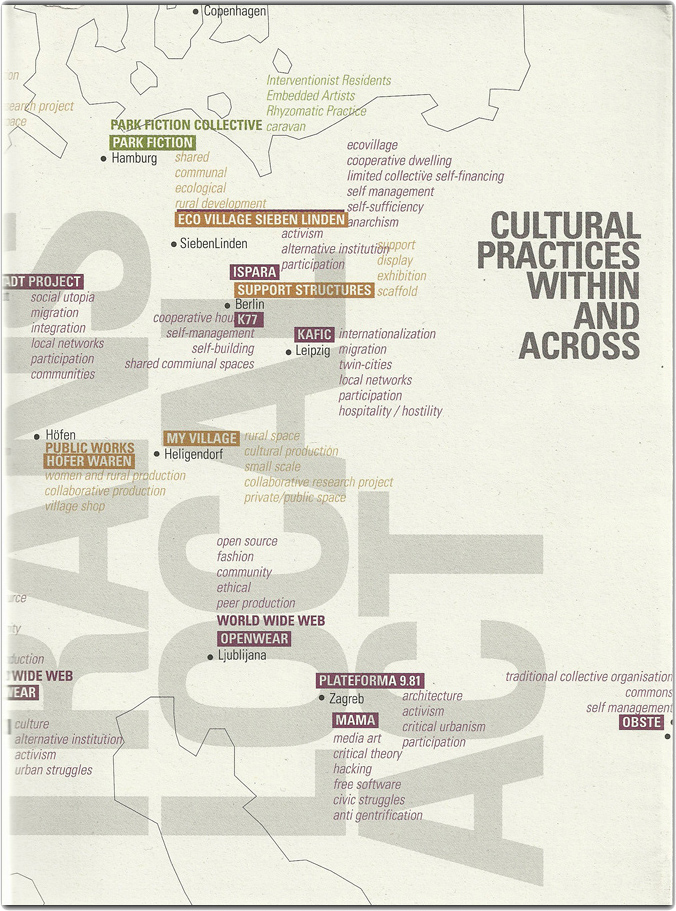
Cultural Practices Within And Across
This amazing book networks urban and rural resilience and sustainability projects around the world. Deeply inspiring projects in Romania, Paris, San Francisco, and elsewhere.
• Read our review of the book.
• Buy the book.
• Download the book.



